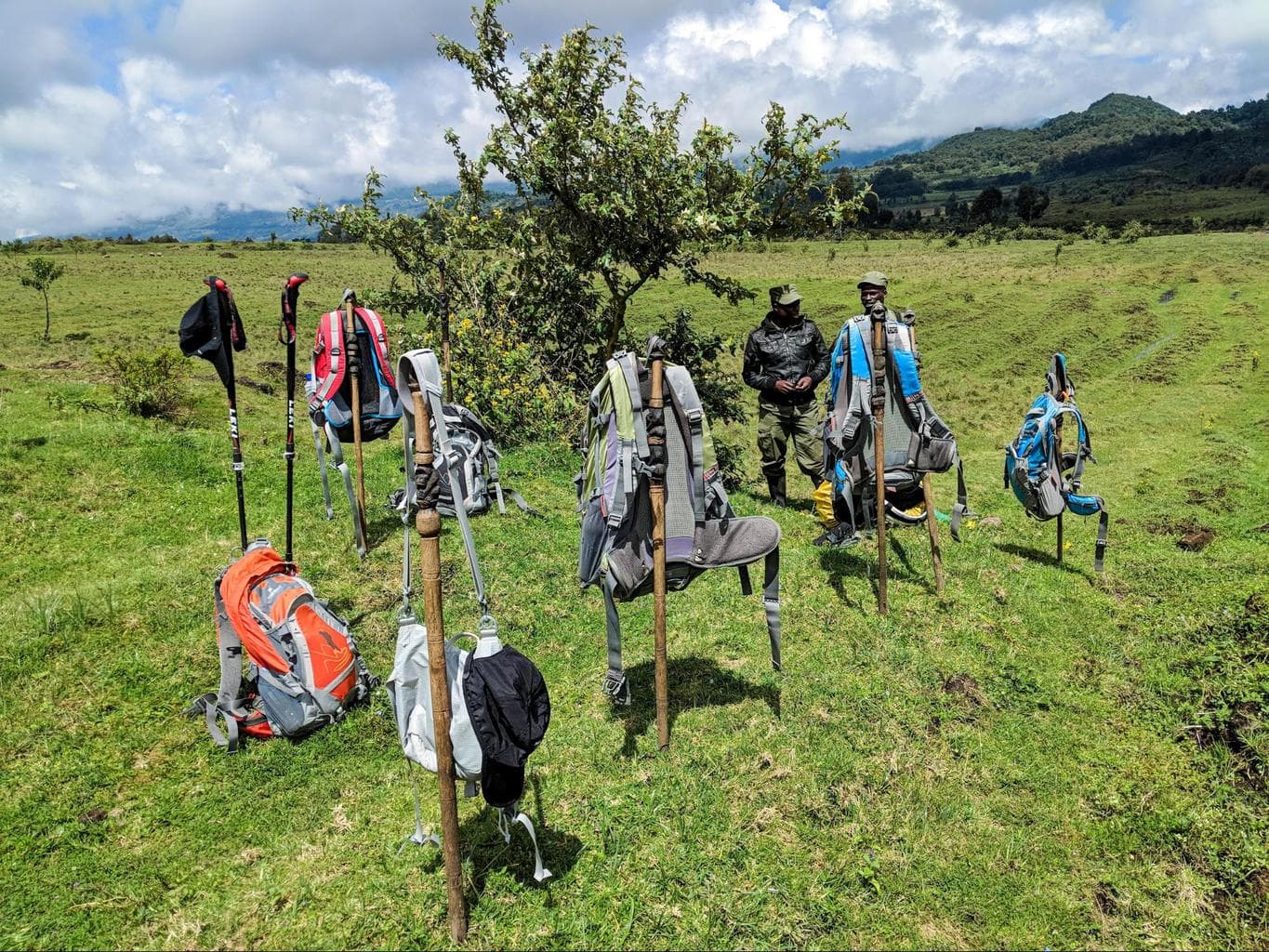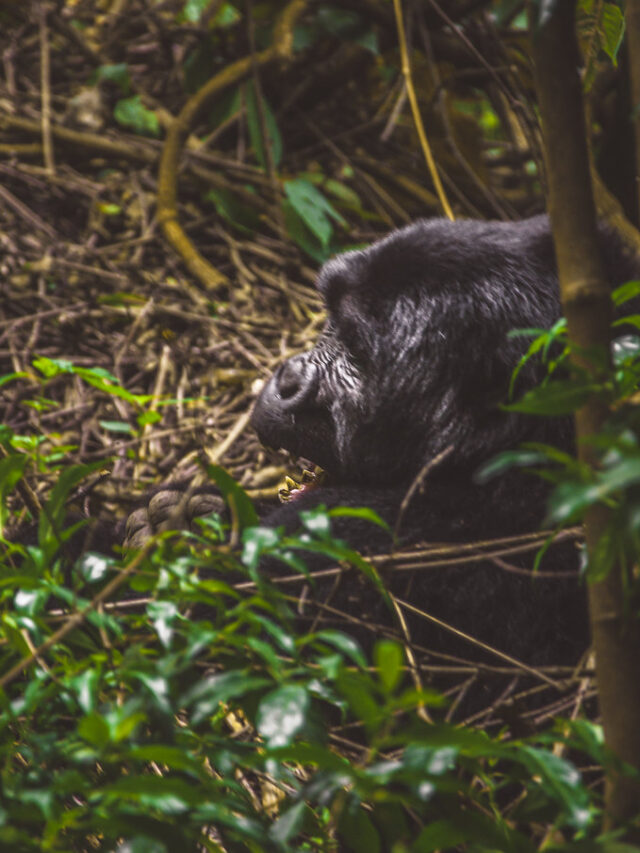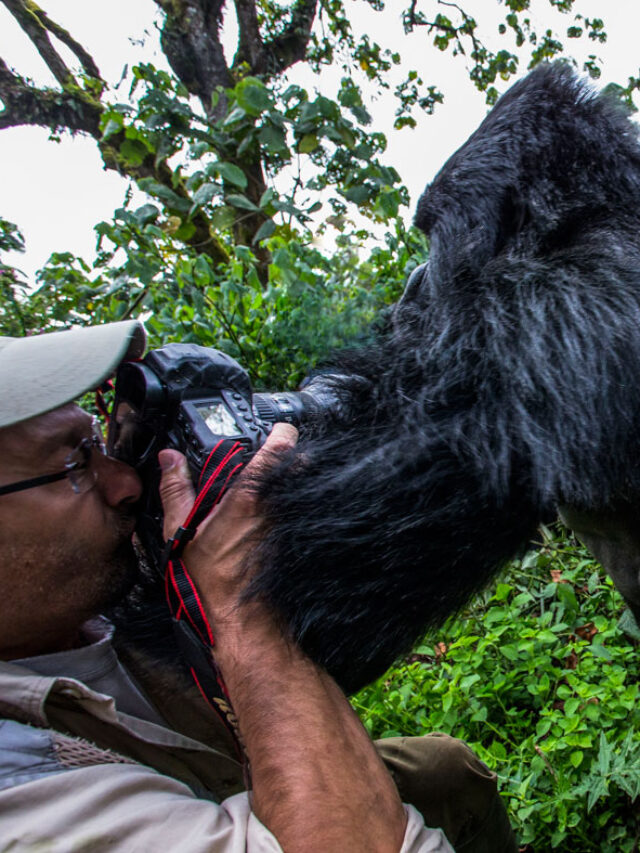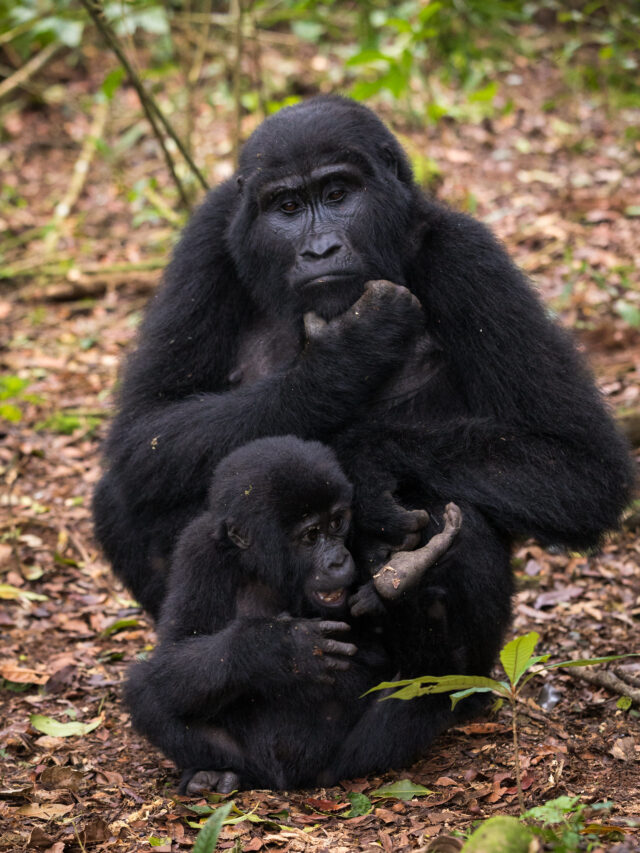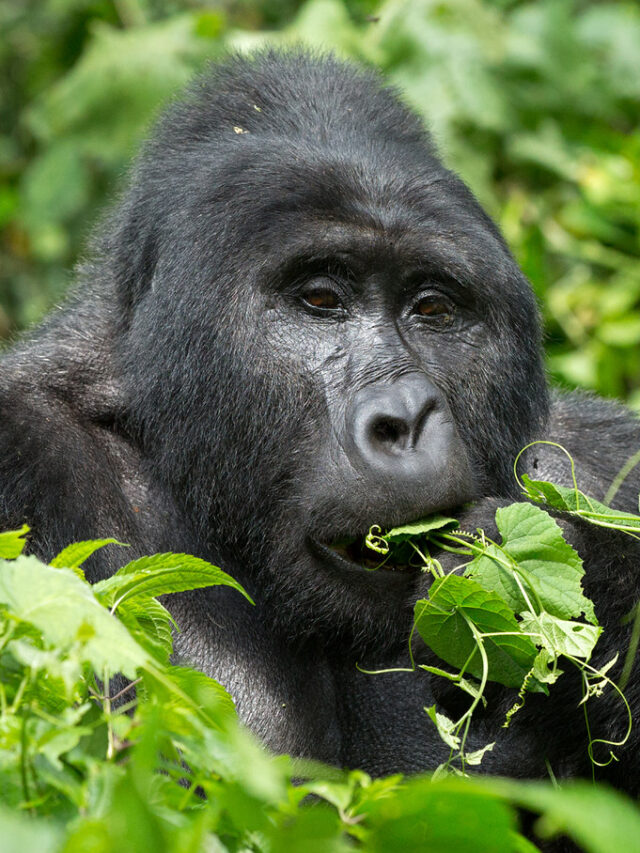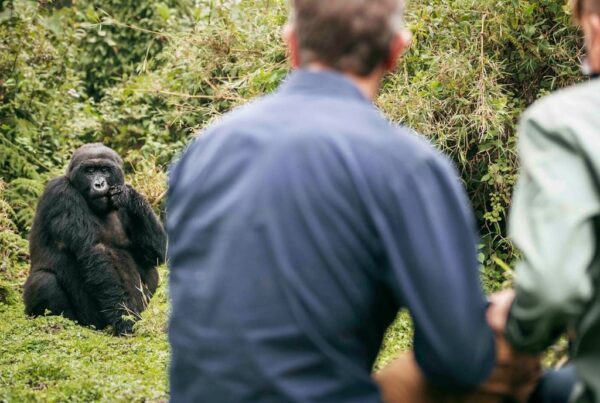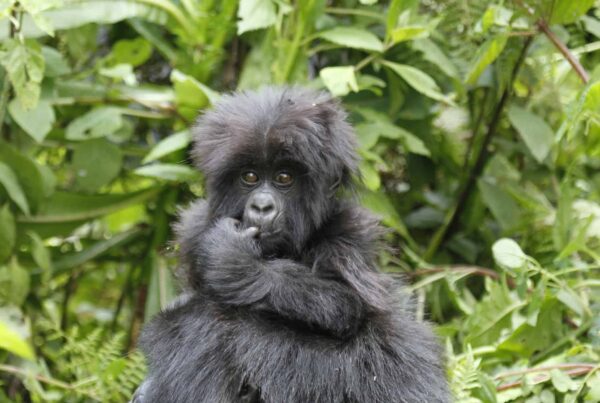What to Wear for Gorilla Trekking in Uganda and Rwanda: A Season-by-Season, Purposeful Guide
Gorilla trekking in the rainforests of Uganda and Rwanda is one of Africa’s most moving and adventurous experiences. Yet, many travelers—especially first-timers—underestimate how essential proper attire is for comfort, safety, and enjoyment. Your outfit doesn’t just keep you dry or warm; it becomes part of your survival and success in navigating dense jungle, slippery trails, thorny vines, biting insects, and shifting mountain weather. Dressing appropriately means thinking like an explorer, not a tourist. It also means understanding the local climate, the trek’s physicality, and the emotional weight of the journey ahead.
Whether you’re trekking through Bwindi Impenetrable Forest or Volcanoes National Park, your clothing can quite literally shape the tone of your entire gorilla trekking experience. This guide breaks down what to wear by season and function—so you’re always protected, prepared, and present.
Understanding the Seasons: Uganda & Rwanda Weather
What to Wear for Gorilla Trekking in Uganda and Rwanda — Before packing, you need to know that Uganda and Rwanda both lie near the equator, meaning the weather is not defined by typical four seasons. Instead, they experience two dry seasons and two rainy seasons each year:
Dry Seasons (Best for Gorilla Trekking)
Mid-December to February – Short dry season
June to September – Long dry season
These months offer the most stable hiking conditions. Trails are less muddy, and the chance of a downpour during your trek is lower—though rain can still occur due to the rainforest microclimate.
Rainy Seasons (Still Great with Preparation)
March to May – Long rains
October to November – Short rains
Trails can be slick, steep, and overgrown, but these months bring dramatic jungle scenery and fewer tourists. With proper attire, the experience is still magical and uncrowded.
What to Wear – Categorized by Importance and Function for First-timers
Protective Essentials – For Both Seasons
Long-sleeved shirts & long trousers:
Always wear lightweight, breathable, moisture-wicking fabrics that cover your arms and legs. This protects you from thorny branches, stinging nettles, biting insects (especially safari ants), and sun exposure. Neutral colors like olive, khaki, grey, and brown are recommended. Avoid bright colors—they can startle gorillas—or dark colors like black and blue that attract tsetse flies.
Thick hiking socks (plus a spare pair):
Wet feet are your worst enemy on the trail. High-quality, breathable, quick-drying socks reduce the risk of blisters and fungal infections. Tuck your trousers into your socks to avoid ants crawling up your legs—a tip you’ll thank me for later!
Sturdy, waterproof hiking boots:
Your footwear must have ankle support, a solid grip, and be fully waterproof. Trails can be muddy, steep, and slippery—especially during or after rain. Avoid sneakers or open shoes under any circumstance.
Garden or trekking gloves:
You’ll use your hands to grab branches, hold vines for support, or even crawl uphill in some areas. Gloves shield you from blisters, thorns, and insects while giving extra grip.
What to Wear During Dry Season Treks (Dec–Feb, Jun–Sep)
During dry months, the forest floor is drier and the sun might shine more frequently, but temperatures can still change quickly with elevation.
Lightweight, breathable layers:
Start cool in the morning, then shed layers as the day warms up. Consider a technical trekking shirt (quick-dry) and pack a light fleece or pullover for early mornings.
UV-protective wide-brim hat or cap:
Useful in more open, sunlit areas, especially if your trail opens into clearings or higher elevations.
Rain jacket or poncho (always pack one):
Even in dry season, unexpected mountain showers happen. A compact, breathable raincoat with pit zips will serve you better than thick, plastic ponchos.
Sunglasses (optional):
Less needed inside the thick forest canopy but useful when transitioning to more open trails or while at the lodge.
What to Wear During Rainy Season Treks (Mar–May, Oct–Nov)
Rainy season hikes are for those who embrace the full, wild, untamed version of the rainforest. Prepare to get wet and muddy—but also to feel alive.
Waterproof outer layers:
A high-quality rain jacket and waterproof trousers are essential. Look for breathable material that won’t cause overheating.
Layered warmth:
Even when it’s rainy, temperatures can dip, especially at high altitudes. Bring a thermal or fleece base layer under your trekking shirt.
Gaiters (highly recommended):
To prevent mud and water from getting into your boots, wear ankle or calf-high gaiters. They also protect against sharp vegetation and insects.
Extra dry set (packed in waterproof bag):
Pack an extra shirt and socks in a sealed dry bag so you can change into something warm and dry after the trek.
Accessories & Extras You Should Never Forget
Daypack (with rain cover):
Carry water (at least 2 liters), energy snacks, your dry clothes, camera, and permits. Use a rainproof cover or pack liner.
Insect repellent (DEET-based):
Apply before you dress, then again on your clothing. Rainforests are buzzing with insect life, especially in wetter months.
Face mask or buff (optional):
Not only does it protect against dust in the dry season or mist in the wet season, but it also helps reduce disease transmission between humans and gorillas.
Camera with rain cover or waterproof bag:
You’ll want to capture that powerful moment when a gorilla meets your eyes. Make sure your equipment is ready, rain or shine.

